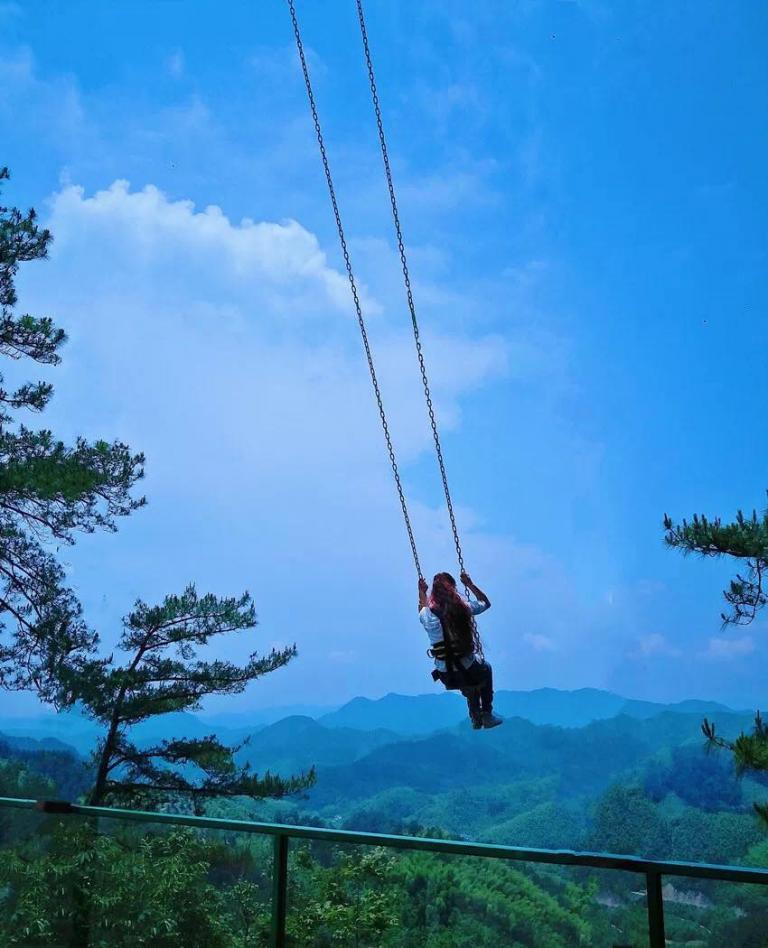Sagardi
2 min readSagardi, which is called”chak pelek”in Uygur language andaerial runner in Chinese and evolved from the swing is one of the traditional folk sporting programs favored among Uygur people and is popular among people in southern Xinjiang.

From ancient times till now, the Uygur people will hold the activity of Sagardi on festivals or in leisure time from agricultural work which usually lasts several or even a dozen days the sagardi consists of a principal axis a wooden wheel and a wheel rod which are connected by ropes. the axis is erected straightly on the ground with a height of 15 to 20 meters, at the foot of which mounts the wheel rod and on the top installs a wooden wheel whichis connected by ropes with wheel rod at the bottom so that the wooden whee moves while the wheel rod is pulled. there ties two long ropes on each side of the wheel, while on the swing which is made of the ropes with a wooden board there can stand one person.

When the performance begins, there are 4 young men simultaneously pulling the wheel rod clockwise on each side of the rod to run the wooden wheel and set people on the swing in motion the revolving acceleration of the wheel may lead to the two “flyers”that hold the swing ropeflying off the ground. With the gradually increasing acceleration of the wheel, the “flyers”revolve higher and higher in the sky. At the same time, the passionate rawap the cheerful drum and the melodious suona are heard.accompanying the performance of the “flyers”in the sky, which are reallyamazing.
According to the classic narrative poem Usup-Ahmet of Uygur, the princes and brothers Usup and ahmet have collision with their uncle Bugrahan so they were forced to break away and arrived at another place To attract the local famers and herders to go to them for shelter, the brothers erect the Sagardi for them to play and accompany which with drums, rawap, etc. thi epic describes the social life and historical events of Uygur people in the 13th century, from which we may deduce that the Sagardi may appear before or in the 13 century.









